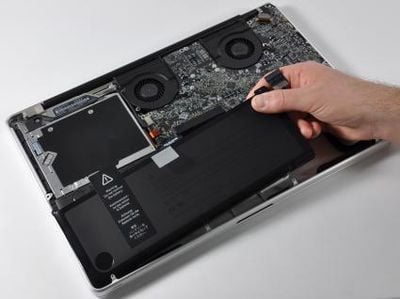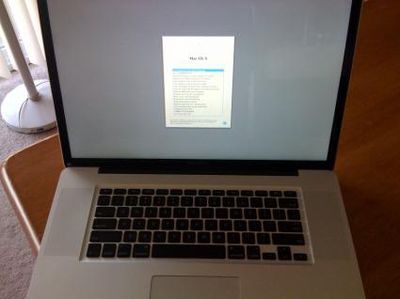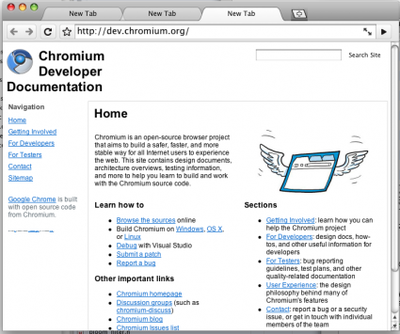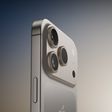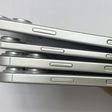Wayne Westerman and John Elias are the two engineers who are responsible for much of Apple's multi-touch technology found in the iPhone and notebook trackpads. Westerman and Elias originally founded a company called Fingerworks in 1998 and developed a number of multi-touch input devices including keyboards and touch-pads. Apple then acquired Fingerworks in 2005 and Westerman has been a senior engineer at Apple since. Many of the multi-touch patents coming out of Apple have since credited Westerman as the lead inventor.
In a University of Delaware news article from October of 2008, Westerman gives some rare comments about his inspiration when first designing these multi-touch interfaces.
Westerman had apparently suffered from a "stubborn bout" of tendonitis which was later relieved by the use of this touch-sensitive technology:
"I had an ergonomic problem and I paired it with a motivation," Westerman said of the early inspiration. "I'd always felt that playing the piano was so much more graceful and expressive than using a computer keyboard, and I thought how great it would be if I pulled some of that expression from the piano to the computer experience."
While Fingerworks' input accessories did receive critical praise during their lifetime, they never achieved significant mainstream success before the acquisition. Apple has been more cautious by slowly introducing multi-touch into their Macs. At present, multi-touch technology is limited to notebook trackpads and the iPhone itself.
Apple, however, is continuing to hire more multi-touch engineers. Their latest job listing is seeking a "Gesture Algorithms Engineer" -- a position that likely didn't exist even a year ago. This potential hire would become part of the engineering team responsible for creating Apple's "next-generation input devices and displays". Apple has been hiring Multi-Touch specialists for almost a year now, and previous patent applications show the possibilities of what could be accomplished with advanced gesture recognition.


